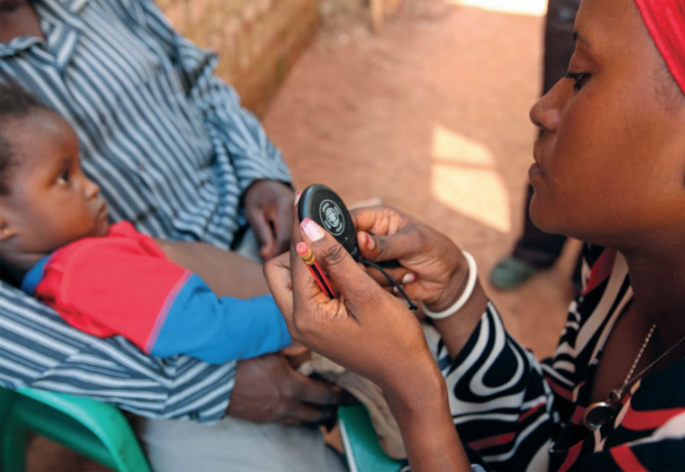By: Henry B. Perry
Introduction
The 29 case studies in this compendium report a total of 8.4 million community health workers (CHWs) in total for the country programs they document. Even this is a significant underestimate since it does not include CHWs working with NGOs throughout the world nor the many CHWs who are working solely with vertical highly selective programs such as those for HIV, malaria, tuberculosis, immunizations, and family planning. The catchment area for each CHW is generally in the range of 1-2,000 people but can be as low as 20-50 people in Ethiopia, 40-80 people in Thailand and 200 people in Rwanda. Roles and tasks are diverse, but still mostly focus on maternal and child health.
Commonly shared challenges
Among the commonly shared challenges are weak political support and funding, unreliable supply of medicines and other program commodities, lack of career advancement opportunities, threats to motivation, and unsafe work conditions.
Notable trends and achievements
Over time, many programs have gradually shifted to a more comprehensive package of services, including, increasingly, family planning and curative services such as treatment of serious childhood illnesses. National CHW programs in many countries receive widespread credit for the contributions they have made in improving population health, particularly reducing child mortality. Female CHWs are also an important force for socioeconomic development more broadly and for women’s empowerment.
The push and pull of CHW program strengthening and expansion
In spite of many sources of resistance, there is a growing appreciation of the importance of stronger CHW programs for achieving national and global health goals.
New frontiers
UNAIDS is proposing a vast expansion of CHWs in Africa to help end the HIV/AIDS epidemic. CHWs have the potential for playing an important role in the control of non-communicable diseases and in the provision of essential health care services in urban slum settings in low-income countries.
Making the case for strengthening and expanding CHW programs
Well-functioning national CHW programs can help achieve by 2030 Universal Health Coverage and the health-related Sustainable Development Goals (one of which is ending preventable child and maternal mortality). They can also make important contributions toward eventually reaching Health for All.
Conclusions and the way forward
Now is the time to build on the experience and evidence so far with national CHW programs and to provide the political support, technical leadership, and long-term financing needed to enable these programs to reach their full potential for improving the health of underserved populations throughout the world.
Read more:
Health for the People: National Community Health Worker Programs from Afghanistan to Zimbabwe


Leave a Reply